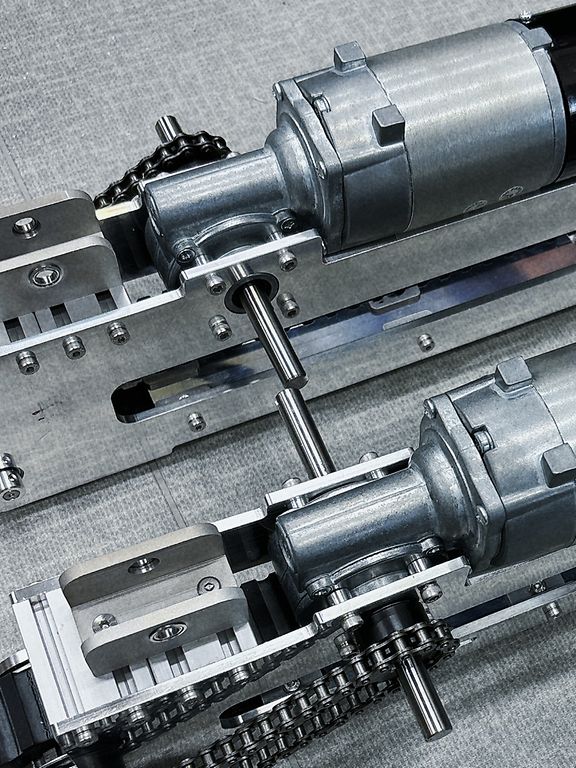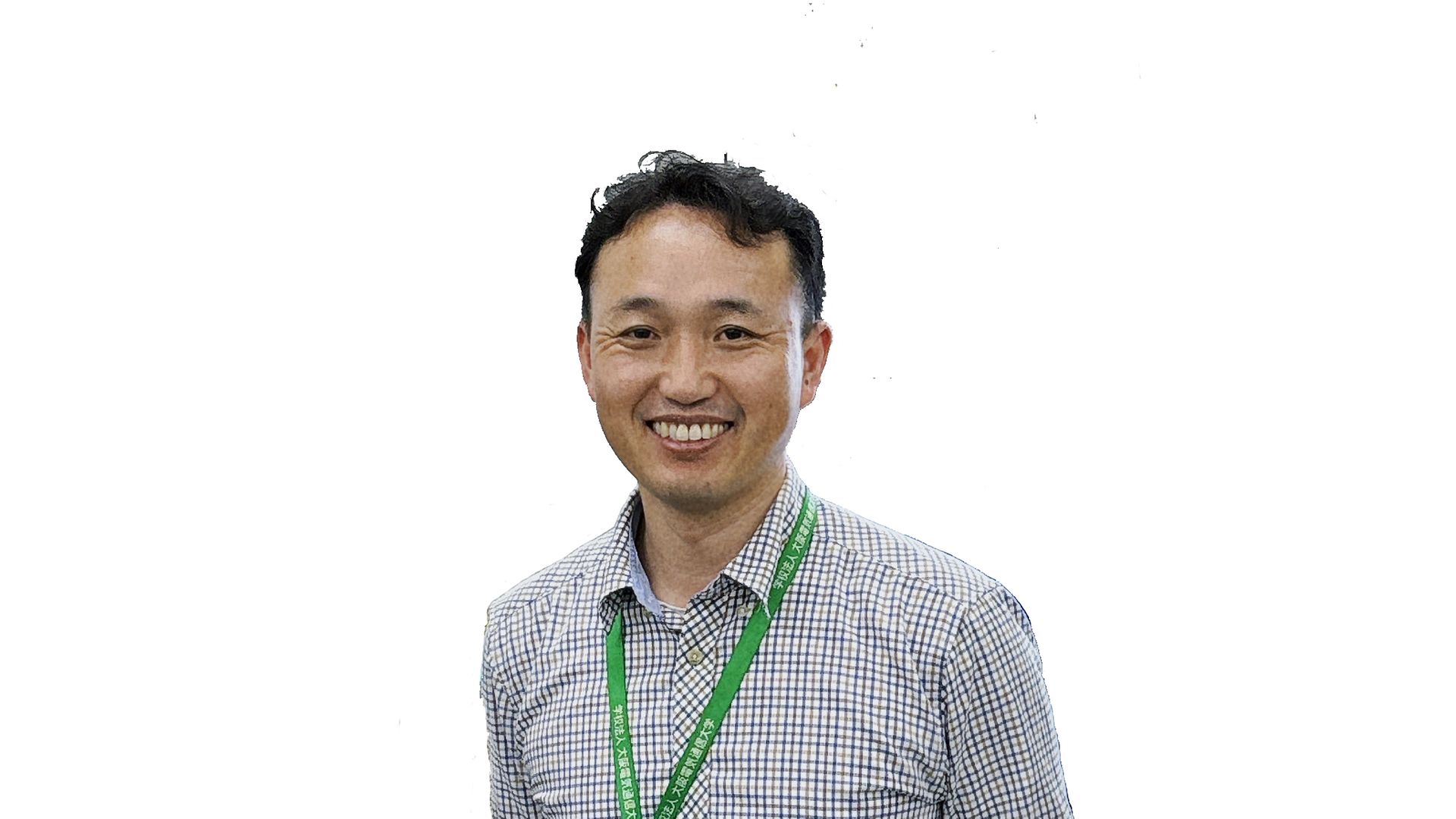Cybathlon 2024
From Competition to Daily Life: This University Team from Osaka Aims to Improve Wheelchair Technology


The team from Osaka Electro-Communication University will participate in the 2024 competition for the second time. The team leader is confident their previous experience gives their wheelchair a significant advantage.
First of all, the team leader, Professor Seonghee Jeong, explains to us the considerations that motivated him to participate in the Cybathlon with his «OECU&R-Techs» team: «At the Cybathlon, pilots overcome everyday challenges with the help of assistive technology», he explains. However, the users of technical assistants are not only pilots in competitions, but also in everyday life and work closely with the developers to optimize the devices. So does Toshiki Ogura, the pilot of the wheelchair. Jeong adds: «The Cybathlon is therefore a continuation and at the same time a promotion of this cooperation. That's exactly what excites me».
Promotion of individual and team skills
The Osaka Electro-Communication University team consists mainly of students, while two professors supervise and coordinate their work. The students contribute their expertise from different disciplines and jointly develop an electric wheelchair that can meet the challenges of the Cybathlon. This is particularly challenging for those students who have no previous experience in wheelchair construction. «The exchange of ideas and opinions among each other is essential to move the project forward», says Jeong. Good results would require not only the improvement of individual skills, but also cooperation as a unit. «This also strengthens the individual experience of those involved».
New challenges at the Cybathlon
The Cybathlon is constantly evolving, and so even more difficult tasks have been added for the 2024 competition compared to 2020. Variable step height and changing angles when climbing stairs or a changing arrangement of stones on the path, for example. Opening a door is now also one of the tasks in wheelchair racing. All this makes it sensible, for example, if the seat height of the wheelchair can be adjusted. According to Professor Jeong, parts of the technology from the previous competition have been retained, but new features have been introduced to meet the new challenges. «The team's machine has benefited greatly from the experience gained in 2020,» says Professor Jeong.
Parvalux motors: the decisive advantage
While the team uses maxon drives for the wheelchair's arms and lifting mechanisms, Parvalux was chosen as the main drive in both 2020 and 2024. Parvalux has been a maxon motor AG company since 2020. Professor Jeong emphasizes: «For our purposes, Parvalux motors have a decisive advantage over smaller drives.»
He explains: Although the drive unit would have to offer a certain degree of controllability, it would not have to work as precisely as maxon's motors in the limbs. The Parvalux unit convinced Professor Jeong with its right-angled configuration and the return function of the gearbox, which were decisive for the choice. «We are the only team to use drives with improved backdrivability», says Jeong, adding: «Other teams may not even be aware of this advantage.» The system uses wheel actuators PM50-50-GB41-30-24v-4000 and a crawler actuator PM4 24V with an M box bronze and encoder.
See the world from a wheelchair user's perspective
When Professor Jeong walks through the streets and stairs of Osaka, he always looks at it from the point of view of a wheelchair user: «Whenever I'm on the road, I think about how a wheelchair user would overcome these obstacles.»
The wheelchair that the team developed for the Cybathlon 2024 is designed for dynamic movements. For various activities such as city driving, off-road exercise or sports, wheelchair users often use different models. Even if the Cybathlon cannot solve all the challenges that electric wheelchairs face worldwide, it provides impetus for technological development. «I hope the Cybathlon will help to develop better aids,» says Jeong.
A message for future researchers
Professor Jeong has an important message for those who want to get involved in research: «Remember that these technologies are used by people.» The safety of the machine, the electrical system and the control system has the highest priority. «Only by combining security and functionality can a product be created that sustainably improves the quality of life of users.»
Outlook for the Cybathlon 2028
Looking to the future, Professor Jeong explains his plans for the Cybathlon 2028: «We will focus on the new discipline of assistance robots, called 'AR'. This was introduced for the current Cybathlon 2024. The aim is to use a robot to cope with tasks that arise in the daily household – such as putting plates or brushing teeth.» The project is still in the planning phase, but there are already promising approaches in collaboration with a physiotherapist at the university who is working on prostheses for mice. «We want to take part in one of the six Cybathlon races that go beyond electric wheelchairs.»
Osaka Electro-Communication University will continue its mission to improve the lives of users worldwide.
